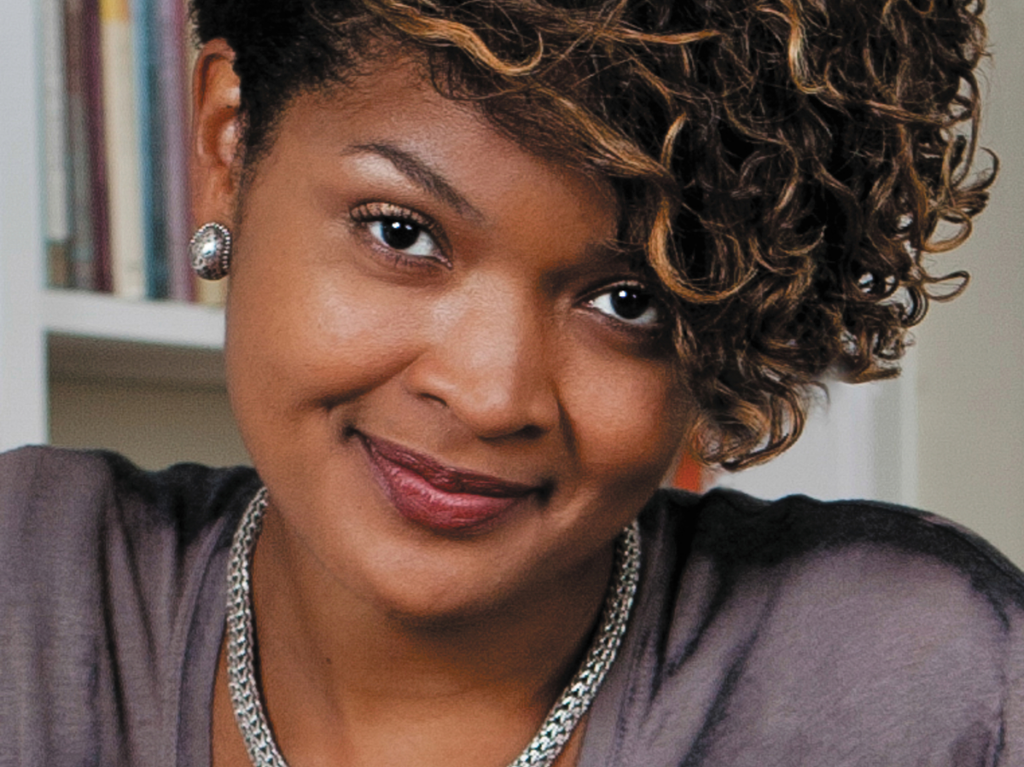Three Novels Bring New Understandings
Happy Lands by Dole Perkins-Valdez

Dolen Perkins-Valdez is a new author to me, but she has been producing award winning historical fiction since 2010. She seems to write about little known aspects of African American history. In her first book Wench, she tells the story of four enslaved women who meet their white masters each summer at a vacation house in Ohio. Of course, it is a vacation for the men only. The women serve as mistresses but also as maids and cooks. Take My Hand is about a horrific injustice done to two Alabama teenagers told through the experience of a nurse who sincerely wants to make things better for the poor of her state. The latest book Happy Land was named by People Magazine as a Most Anticipated book of 2025. The story begins when Nikki’s grandmother calls her to the hills of North Carolina to tell her about special property her ancestors owned. Like so much land owned by Black people, outside forces threaten to strip the land away from them unless Nikki can protect it along with her heritage.

People of Means by Nancy Johnson takes place in both 1960’s Nashville and 1992 Chicago. It’s about a well-off mother and daughter who each have to decide when it is time to step out of their comfort zone to advocate for justice and equality for their people. As Johnson takes the reader from the Civil Rights Era to Rodney King, she creates characters that are fully fleshed out and genuine in their intentions. Their situations, in different time periods, sadly show that racism is the same as it always was.

Remember The Personal Librarian? Remember how Belle da Costa Greene was the force behind The Morgan Library? Victoria Christopher Murray was coauthor of The Personal Librarian, and now she has written about another previously unheralded woman named Jessie Redmon Fauset. People Magazine says of the book ” A gripping narrative, don’t miss this historical fiction about the woman who kicked off the Harlem Renaissance.” Jessie Redmon Fauset was the first Black woman to be the literary editor the The Crisis, a magazine launched by W. E. B. du Bois to be the voice for the NAACP. The magazine not only advocated for Civil Rights, but it also promoted the arts and literature of Black people such as Langston Hughes. Fauset was the force behind the magazine’s popularity and was herself the author of several books. Murray’s portrayal of Fauset and du Bois’ long-term secret affair is very intriguing in light of the fact that both were married. We will just have to read the book to find out all of the details!!


Looking forward to learning more about Jessie Redmon Fauset. Thank you for highlighting this book, Frances. And thank you to the writers who find these “behind-the-scenes”women, raise their awareness, and make sure their contributions are recognized.
FYI—Just placed a Hold on Libby—7 weeks wait. Might have to buy the book. Not sure I can wait that long to find out how hot her romance was with W. E. B. du Bois. Who knew. LOL
I want to read it too, Becky. Actually, I never learned much about the Harlem Renaissance at all.